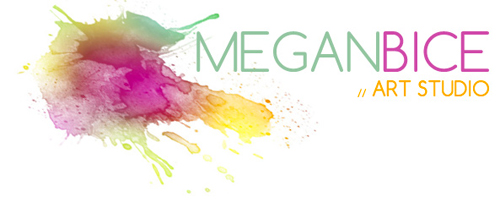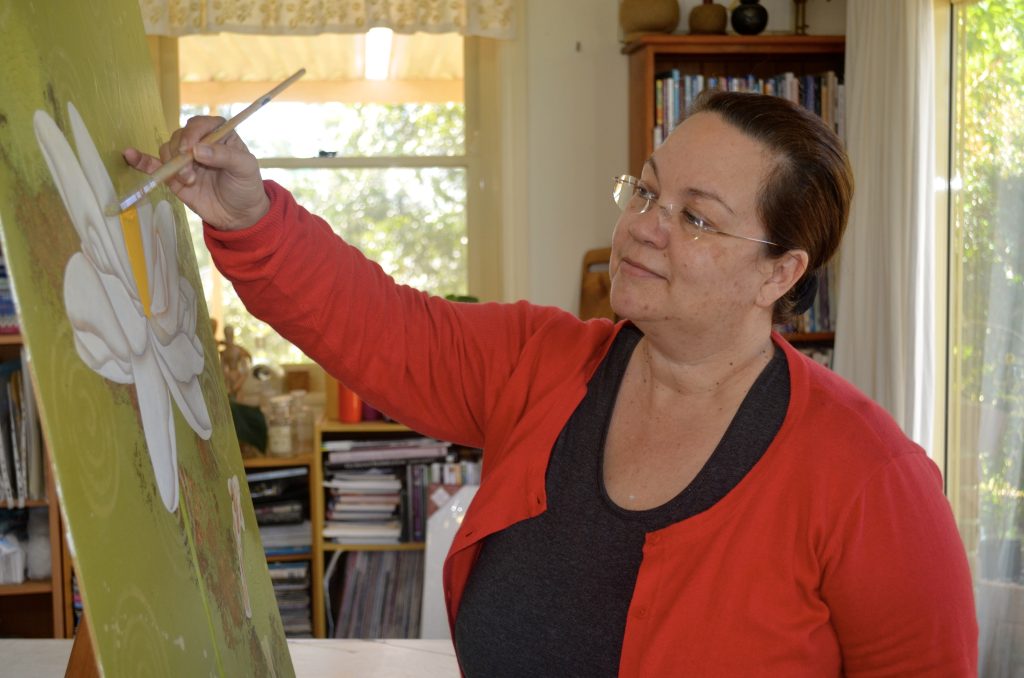As an artist, you’re constantly seeking ways to enhance your craft, push boundaries, and create something truly remarkable. One often overlooked yet incredibly powerful tool in your arsenal is graphite powder. This humble material has been a staple in many artists’ studios for centuries, and for good reason. In this article, we’ll delve into the numerous benefits of using graphite powder in your drawings, and explore how it can elevate your art to new heights.
What is Graphite Powder?
Before we dive into the benefits, let’s quickly cover what graphite powder is. Graphite powder is a soft, fine powder made from graphite, a naturally occurring mineral composed of carbon. It’s often used in drawing, sketching, and shading, and is available in a range of hardness levels, from very soft (B) to very hard (H).
1. Versatility and Expressiveness
One of the most significant advantages of graphite powder is its versatility. With a range of hardness levels available, you can achieve a wide range of tonal values, from deep, rich blacks to delicate, whispery greys. This allows for incredible expressiveness, enabling you to convey a vast array of emotions and moods in your work. Whether you’re creating a dramatic portrait or a delicate landscape, graphite powder can help you achieve the desired effect.
2. Blending and Shading
Graphite powder is a master of blending and shading. By applying the powder with a brush or torchon, you can create smooth, seamless transitions between tones, adding depth and dimensionality to your work. This is especially useful when creating subtle gradations of value, such as in portrait drawings or landscape sketches. The powder can be built up in layers to achieve a range of effects, from soft, whispery grays to deep, rich blacks.
3. Texture and Atmosphere
Graphite powder can also be used to create a range of textures, from soft, velvety surfaces to rough, gritty ones. By applying the powder with a palette knife or even your fingers, you can add a tactile quality to your work, inviting the viewer to engage with the piece on a more sensory level. This texture can also be used to create a sense of atmosphere, such as the soft, misty quality of a foggy day or the rough, rocky texture of a mountain range.
4. Fixative-Free
Unlike traditional graphite pencils, graphite powder doesn’t require fixative to set the graphite in place. This means you can work freely, without worrying about the graphite smudging or smearing, allowing for a more spontaneous and expressive drawing experience. You can also make changes to your drawing without worrying about damaging the underlying layers.
5. Easy Erasure
If you make a mistake or want to make changes to your drawing, graphite powder is easy to erase. Simply use a kneaded eraser or a soft brush to gently remove the powder, and you’re back to a blank slate. This makes it an excellent choice for artists who work iteratively or like to experiment with different ideas.
6. Cost-Effective
Graphite powder is an incredibly cost-effective material. A small amount of powder can last for a long time, making it an excellent choice for artists who work frequently or in large quantities. Additionally, the powder can be mixed with other media, such as charcoal or pastels, to create unique and fascinating effects.
7. Mixability
Graphite powder can be mixed with other media to create a range of effects. By combining the powder with charcoal, you can create deep, rich blacks and grays. Mixing the powder with pastels can add a soft, delicate quality to your work. You can also experiment with mixing the powder with paint or ink to create unique and fascinating textures and effects.
8. Health Benefits
Believe it or not, graphite powder has health benefits too! The soft, powdery texture can be calming to work with, providing a soothing, meditative experience. Additionally, the tactile nature of graphite powder can be beneficial for artists with motor skill challenges or sensory processing issues.
9. Environmentally Friendly
Graphite powder is an eco-friendly choice for artists. The powder is made from natural graphite, a biodegradable and non-toxic material, making it an excellent option for those looking to reduce their environmental impact.
10. Timeless Quality
Finally, graphite powder has a timeless quality to it. Drawings created with graphite powder can last for centuries, providing a lasting legacy of your artistic expression. The powder won’t fade or degrade over time, ensuring that your artwork remains vibrant and expressive for generations to come.
Techniques for Working with Graphite Powder
Now that we’ve explored the benefits of graphite powder, let’s dive into some techniques for working with this versatile material.
Hatching and Cross-Hatching
Hatching and cross-hatching are essential techniques for creating depth and dimension in your drawings. By applying the graphite powder in a series of closely spaced parallel lines, you can create a range of tonal values and textures. Cross-hatching involves layering these lines at different angles to achieve a more nuanced and detailed effect.
- Stippling
Stippling involves creating an image using small dots of graphite powder. This technique can be incredibly time-consuming, but the results are well worth it. By varying the density and spacing of the dots, you can achieve a range of tonal values and textures.
- Blending and Shading
Blending and shading are crucial techniques for creating smooth, seamless transitions between tones. By applying the graphite powder with a brush or torchon, you can create a range of effects, from soft, whispery greys to deep, rich blacks.
- Texture and Atmosphere
Graphite powder can be used to create a range of textures, from soft, velvety surfaces to rough, gritty ones. By applying the powder with a palette knife or even your fingers, you can add a tactile quality to your work, inviting the viewer to engage with the piece on a more sensory level.
- Mixing with Other Media
Graphite powder can be mixed with other media, such as charcoal or pastels, to create unique and fascinating effects. By combining the powder with charcoal, you can create deep, rich blacks and grays. Mixing the powder with pastels can add a soft, delicate quality to your work.
Tips and Tricks
- Experiment with Different Hardness Levels
Graphite powder comes in a range of hardness levels, from very soft (B) to very hard (H). Experimenting with different hardness levels can help you achieve a range of effects and textures.
- Use a Range of Brushes
Using a range of brushes, from soft, fluffy brushes to stiff, flat brushes, can help you achieve a range of effects and textures.
- Work in Layers
Working in layers can help you build up a range of tonal values and textures. Start with a light layer of graphite powder and gradually build up to deeper, richer tones.
- Use a Fixative
While graphite powder doesn’t require fixative, using a fixative can help set the powder in place and prevent smudging or smearing.
Conclusion
In conclusion, graphite powder is an incredibly versatile and powerful tool in the artist’s arsenal. With its range of tonal values, blending capabilities, textural possibilities, and cost-effectiveness, it’s an excellent choice for artists of all levels. Whether you’re a seasoned pro or just starting out, graphite powder is sure to unlock new possibilities in your drawing practice.
So why not give graphite powder a try? With its rich history, versatility, and benefits, it’s an excellent addition to any artist’s toolkit. Happy drawing!
Additional Resources
- Graphite Powder Brands
Some popular brands of graphite powder include Faber-Castell, Derwent, and Winsor & Newton.
- Tutorials and Online Resources
There are many online resources and tutorials available for learning how to work with graphite powder. Some popular websites include YouTube, Skillshare, and Craftsy.
- Books and Guides
There are many excellent books and guides available for learning how to work with graphite powder. Some popular titles include “The Art of Drawing” by Daniel Margulis and “The New Drawing on the Right Side of the Brain” by Betty Edwards.


